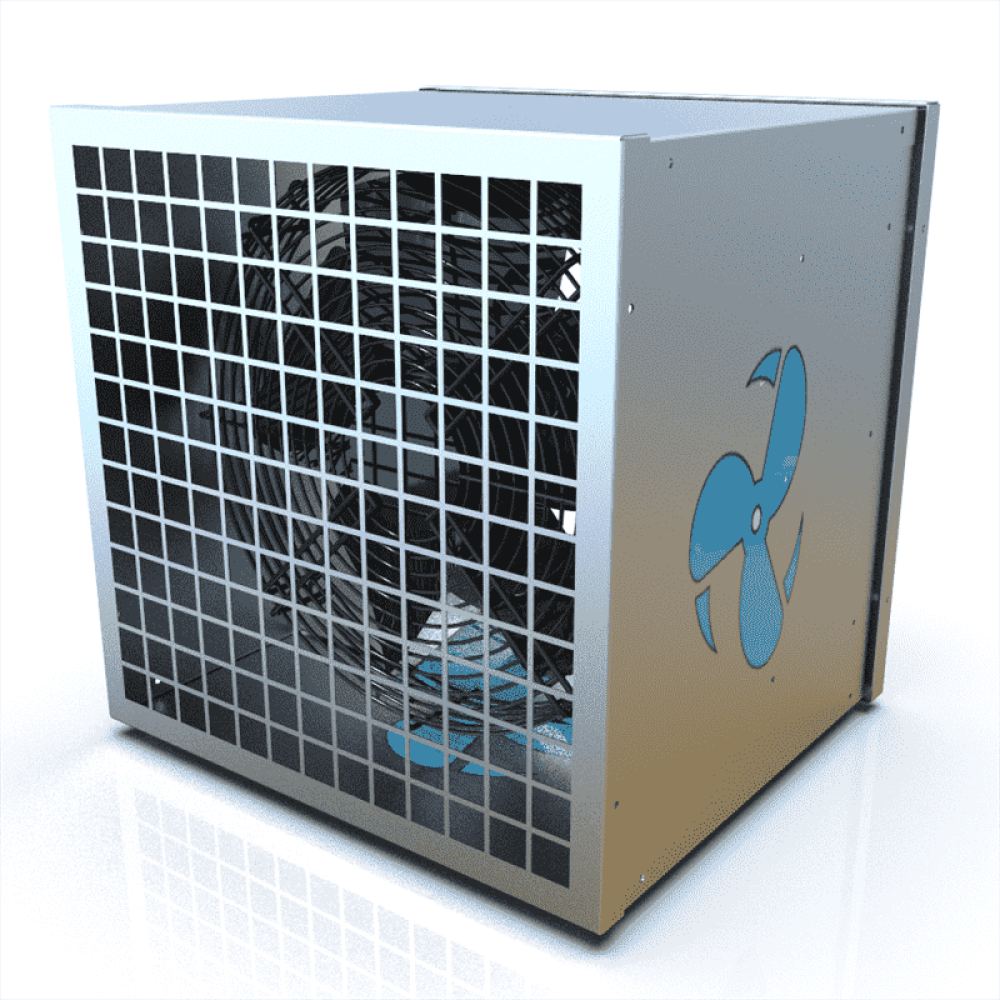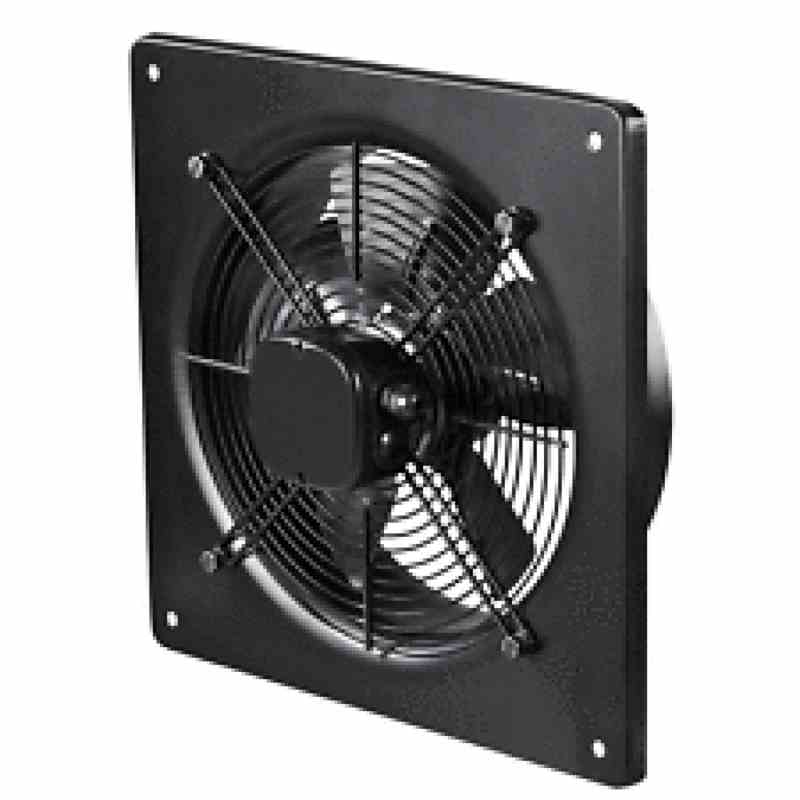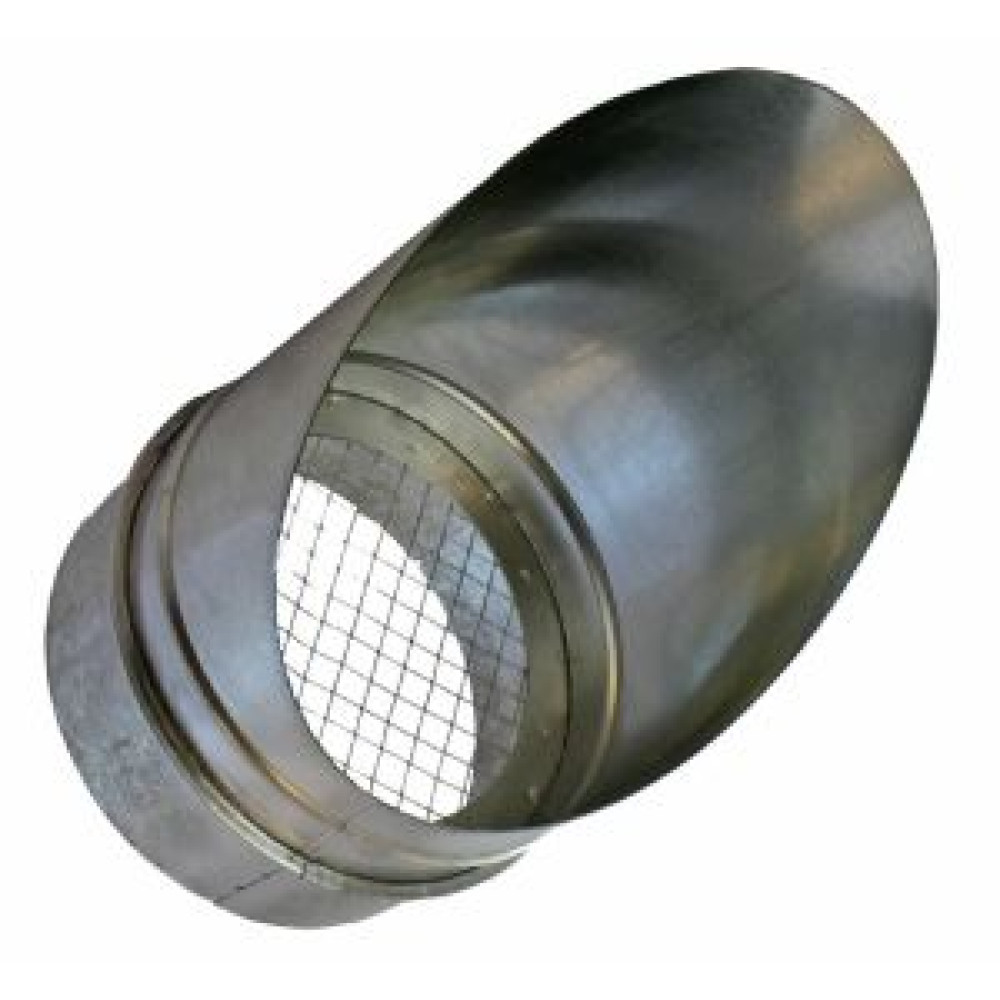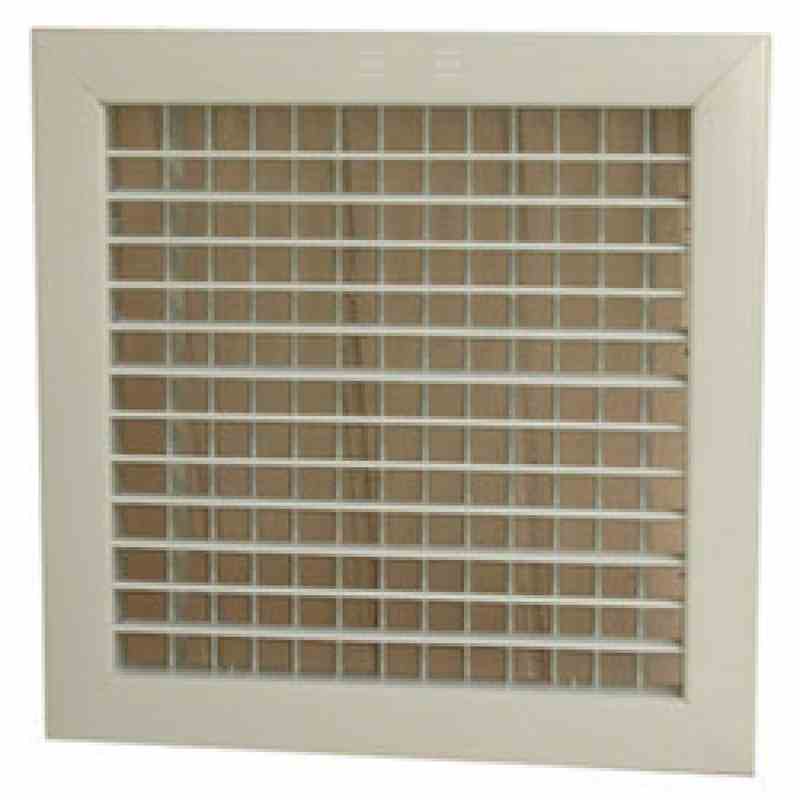







- Model: FA300-1000
- Weight: 20.00kg
- Dimensions: 300.00mm x 300.00mm x 300.00mm
A Fresh Air Replacement System is essential for maintaining a healthy and efficient environment in commercial kitchens. This system ensures a continuous supply of fresh air, replacing the stale air and maintaining optimal air quality.
Key Features:
Continuous Fresh Air Supply: Ensures a constant influx of fresh air to replace stale, contaminated air.
Improved Air Quality: Helps maintain a healthier kitchen environment by reducing pollutants, odors, and humidity levels.
Energy Efficiency: Designed to work efficiently, reducing energy consumption while maintaining air quality.
Enhanced Comfort: Provides a more comfortable working environment for kitchen staff by regulating temperature and humidity.
Compliance: Meets industry standards and regulations for commercial kitchen ventilation.
Benefits:
Healthier Work Environment: Reduces respiratory issues and other health problems related to poor air quality.
Increased Productivity: A comfortable environment helps staff work more efficiently and effectively.
Regulatory Compliance: Ensures your kitchen meets local health and safety regulations.
A Fresh Air Replacement System is an integral part of any commercial kitchen, contributing to a safe, efficient, and pleasant working environment.
Dimensions: 460mm (High) x 460mm (Wide)
Telescopic duct work, through wall minimum 250mm deep expands up to 480mm maximum
Pre-filter section
Fan motor and speed controller are included
But why Do I Need a Fresh Air Replacement Fan in a Commercial Kitchen?
A fresh air replacement fan is crucial for maintaining a healthy, efficient, and compliant commercial kitchen. Here are several key reasons why you need one:
Health and Safety:
Improved Air Quality: It helps to remove pollutants, odors, and excess humidity, ensuring that kitchen staff breathe clean, fresh air.
Reduced Contaminants: By constantly supplying fresh air, the system reduces the concentration of airborne contaminants, minimizing the risk of respiratory issues and other health problems for staff.
Regulatory Compliance:
Meeting Standards: Many local health and safety regulations require proper ventilation in commercial kitchens to ensure a safe working environment. A fresh air replacement fan helps you comply with these regulations.
Inspection Readiness: Regular inspections by health authorities will check for adequate ventilation. Having a fresh air replacement fan ensures you meet these requirements.
Enhanced Comfort:
Temperature Control: It helps to balance the temperature in the kitchen, preventing overheating and making the working environment more comfortable for staff.
Humidity Control: Proper ventilation controls humidity levels, reducing the risk of mold and mildew, which can damage equipment and create an unpleasant working environment.
Energy Efficiency:
Balanced Air Pressure: Fresh air replacement fans help maintain balanced air pressure within the kitchen, reducing the load on air conditioning systems and enhancing overall energy efficiency.
Cost Savings: By optimizing the efficiency of heating and cooling systems, you can save on energy costs.
Odor Control:
Minimized Odors: A fresh air replacement system helps to remove cooking odors quickly, preventing them from lingering in the kitchen and spreading to dining areas.
Customer Experience: Good ventilation ensures that customers are not exposed to strong kitchen odors, enhancing their dining experience.
Fire Safety:
Ventilation for Safety: Proper ventilation can help to reduce the risk of grease fires by removing greasy vapors and maintaining a clean environment in the kitchen exhaust system.
Compliance with Fire Codes: Many fire safety regulations require adequate ventilation to prevent the buildup of flammable vapors.
Conclusion
A fresh air replacement fan is essential in a commercial kitchen for maintaining air quality, ensuring health and safety, complying with regulations, enhancing comfort, improving energy efficiency, controlling odors, and ensuring fire safety. It is a vital component for creating a safe, productive, and pleasant working environment in any commercial kitchen.
Ok, I get that, so if I get a fresh air replacement system, what things should I consider to make it perform even better
Implementing a fresh air replacement fan in your commercial kitchen is a great start, but optimizing your ventilation system further can yield even better results. Considering crossflow ventilation could take your kitchen’s air quality and efficiency to the next level. Here’s how and why you should consider it:
What is Crossflow Ventilation?
Crossflow ventilation involves strategically placing ventilation inlets and outlets to create a flow of fresh air across the kitchen. This method ensures that fresh air continuously replaces stale air, enhancing overall ventilation efficiency.
Benefits of Crossflow Ventilation in a Commercial Kitchen:
Improved Air Quality:
Efficient Air Exchange: Crossflow ventilation ensures a consistent and thorough exchange of air, effectively removing pollutants, odors, and humidity.
Reduced Stagnation: By promoting continuous airflow, it minimizes areas where air can stagnate, further improving air quality.
Enhanced Temperature Control:
Balanced Temperature: It helps to evenly distribute the temperature throughout the kitchen, preventing hot spots and maintaining a comfortable environment for staff.
Heat Removal: Effective at removing excess heat generated by cooking equipment, crossflow ventilation helps maintain a cooler kitchen environment.
Energy Efficiency:
Optimized System Performance: By enhancing airflow patterns, crossflow ventilation reduces the load on HVAC systems, leading to lower energy consumption and cost savings.
Natural Ventilation: In some cases, crossflow ventilation can leverage natural airflow, reducing the need for mechanical ventilation and further cutting energy costs.
Noise Reduction:
Quieter Operation: With more efficient airflow, mechanical ventilation systems can operate at lower speeds, resulting in reduced noise levels in the kitchen.
Improved Comfort for Staff:
Consistent Airflow: Creates a more comfortable working environment by ensuring that all areas of the kitchen receive adequate ventilation.
Reduced Odor: Effective odor control enhances the working conditions, making it a more pleasant environment for staff.
Implementing Crossflow Ventilation:
Strategic Placement of Inlets and Outlets:
Inlets: Place fresh air inlets at lower levels and near sources of heat to introduce fresh air where it’s most needed.
Outlets: Position exhaust outlets at higher levels and opposite inlets to effectively remove hot, stale air.
System Design:
Consult with Experts: Work with HVAC professionals to design a crossflow ventilation system tailored to your kitchen’s layout and specific needs.
Integrated Approach: Combine crossflow ventilation with your existing fresh air replacement system for optimal results.
Regular Maintenance:
Ensure Efficiency: Regularly maintain and clean ventilation components to ensure they operate at peak efficiency.
Monitor Air Quality: Continuously monitor air quality to adjust and improve the system as needed.
Conclusion
Incorporating crossflow ventilation in your commercial kitchen can significantly enhance air quality, temperature control, energy efficiency, and overall comfort. By strategically placing ventilation inlets and outlets and maintaining the system, you can create a more efficient and pleasant working environment for your staff. Crossflow ventilation, combined with a robust fresh air replacement system, ensures that your kitchen operates at its best, meeting all regulatory standards and providing a superior workspace.
If you need further assistance or details on designing and implementing crossflow ventilation, consulting with an HVAC expert is highly recommended. They can provide tailored solutions to meet your specific requirements and maximize the benefits of your ventilation system.
| ELECTRICAL | |
| Voltage | 240 Volts |
| TECHNICAL | |
| Sound Pressure Level (dBA) | 48 dB(A) |
| VISUAL | |
| Finish | Brushed Satin Finish |
| Material | Stainless Steel |
